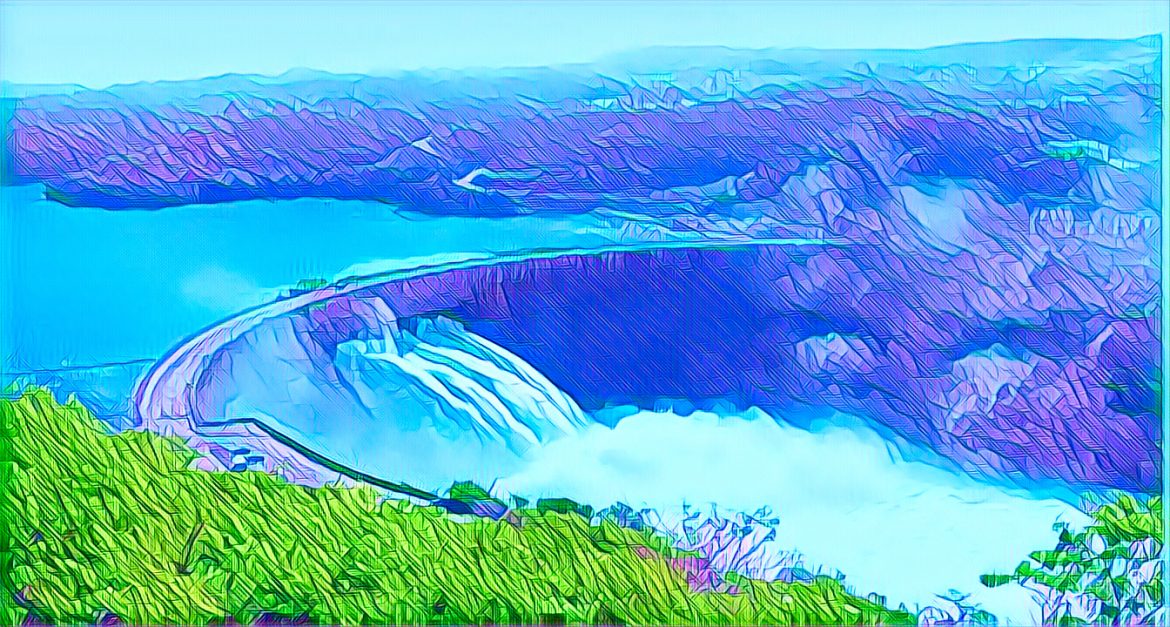Zimbabwe is currently facing a severe electricity crisis, mainly due to significant water challenges at the Kariba South Hydroelectric Power Station. The nation has seen a sharp drop in power output, losing over 800 megawatts, which has led to widespread and prolonged power outages. During a recent parliamentary session, Energy and Power Development Minister Edgar Moyo discussed these challenges in response to concerns from legislators about the serious electricity situation across the country.
The crisis revolves around Lake Kariba, a crucial water reservoir for hydropower generation, which operates optimally between water levels of 475.50 meters and 488.50 meters, with a 0.70 meter safety margin. Current readings from the Zambezi River Authority show that the lake’s level was at 477.31 meters as of June 20 this year. This is significantly lower compared to last year’s level of 479.92 meters.
Additionally, the lake’s usable live storage for power generation has greatly declined, standing at only 12.54% of capacity, a significant drop from the 31.23% recorded in the previous year. In terms of volume, this translates to just 8.12 billion cubic meters, a drastic reduction from 20.23 billion cubic meters last year.
These water-related issues have led to water rationing at Lake Kariba, severely limiting the hydro plant’s production capacity. Minister Moyo explained, “With the Kariba plant designed to generate up to 1,050 megawatts, we are currently only managing to produce an average of 214 megawatts.” This substantial decrease in output has made it extremely challenging to meet the country’s power needs, resulting in rolling blackouts that often exceed 12 hours.
In an effort to address the situation, the government has taken several measures. Among these is the commissioning of Hwange Thermal Plant Units 7 and 8, which now contribute a stable supply of 600 megawatts daily. “These new units are proving to be highly efficient and crucial in our strategy to stabilize power supply,” Moyo noted.
Additionally, the operational units 1 to 6 at the same thermal plant are currently contributing around 300 megawatts. However, not all units are reliable, prompting ongoing maintenance to enhance their performance. “We are continuously working on these units to maximize their efficiency,” Moyo added.
To further address the shortfall, the Zimbabwean government is also focusing on independent power producers (IPPs). Over the past five years, the Zimbabwe Energy Regulatory Authority has licensed more than 100 small IPP projects, which together have the capacity to produce approximately 1,300 megawatts. However, most of these projects are yet to become operational.
Renewable energy initiatives are also a critical part of the government’s strategy. “We have granted licenses to numerous IPPs to develop renewable energy projects across the country,” Moyo said, highlighting efforts to diversify energy sources beyond hydro and thermal power.
The ongoing power shortages have had a profound impact on Zimbabwe’s economy, with businesses forced to reduce operations or temporarily lay off staff due to the unreliable electricity supply. These measures and initiatives represent a multi-pronged approach to tackle the immediate crisis and lay the groundwork for more sustainable energy solutions.


